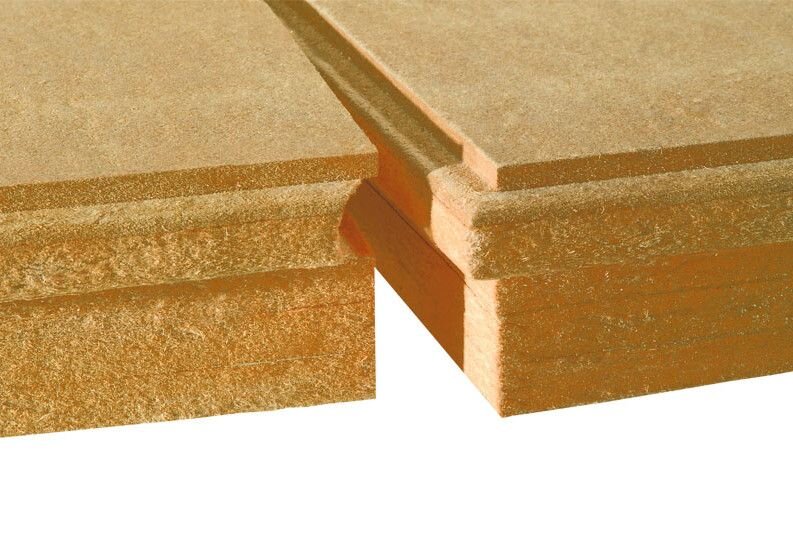Wood Fibre Board
Woodfibre insulation, common in Europe and growing in use in the USA is fairly new to Australia.
Wood fibre insulation is made from the waste soft wood material (sawdust, chips and other waste pieces) from the wood processing industry. Strangely, Even though we have large timber industry this product is not manufactured in Australia . The bulk of wood fibre building products are imported from Europe and costs significantly more than the usual Glass Fibre insulation used in Australia.
Wood fibre products includes bulk infill (for inside timber wall and roof structure), and boards which are installed as an external building wrap. Wood fibre boards can be either lime rendered, or clad in you choice of material such as colorbond, weatherboard or timber.
In the Passive House Community it is considered the gold standard for home construction.
It was previously only available on the east coast because there was more demand to import and warehouse the product, and it is not feasible to truck the materials to the West.
Leanhaus have now sourced a supplier who is willing to ship direct to Fremantle and warehouse some quantity in WA.
Recent costings by our builder’s are showing that this system is cost neutral when compared to colorbond cladding, mainly because we wouldn't have to use such a deep section of timber (170mm) to achieve the required wall insulation value. It also eliminates cost of cladding and certain specialist membranes from the project.
Lime Render: Orchard House by Studio Octopi, SW England
The main benefits are:
Eliminates need for external breathable wall wrap.
Thinner walls provides more interior space (saves approx 75mm all around)
The wall finish is a lime render so from outside appearances it will appear like a conventional rendered brick home.
Lower embodied carbon in the product itself - a good eco - outcome
Improved thermal performance. Mainly because wood fibre has a higher Specific Heat Capacity of 2100, vs 800 for Glass wool. This impacts how long it takes for heat to travel through the wall (Phase Shift) . Our wall system with wood fibre has an 8.2hr phase shift.
By Comparison our 170mm timber stud wall with R5.0 Glass wool only achieves 5.7hour phase shift.
The main downside with this product is the long lead times for delivery from Europe, but this can be managed by ordering the product very early, once a building contract is signed so that it is on site for install once the timber frame is erected.
We have an airtight, wood fibre home soon to commence construction in Perth. I can’t wait to share the progress we make as we lead the WA sustainable home industry into a new era.
Wood Fibre Insulated Wall System: Phase Shift Calculation
Glass Wool Insulated Wall System: Phase Shift Calculation





